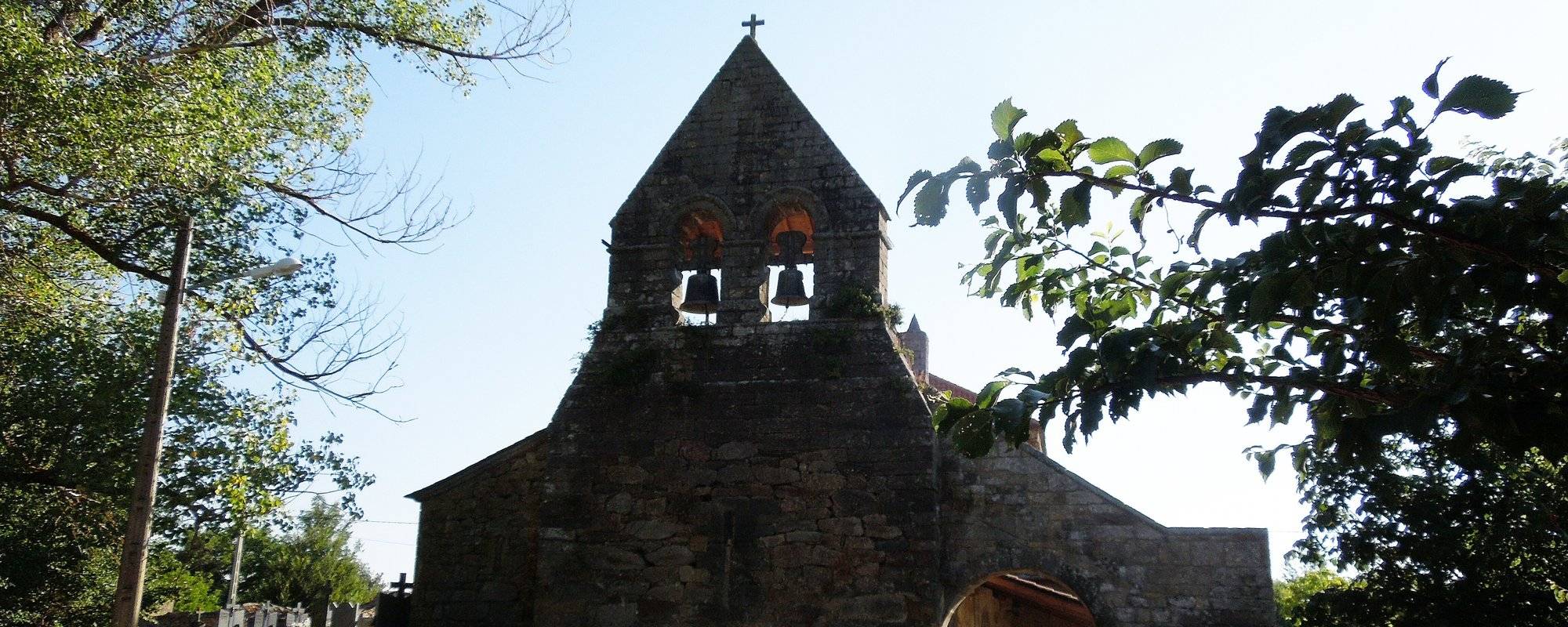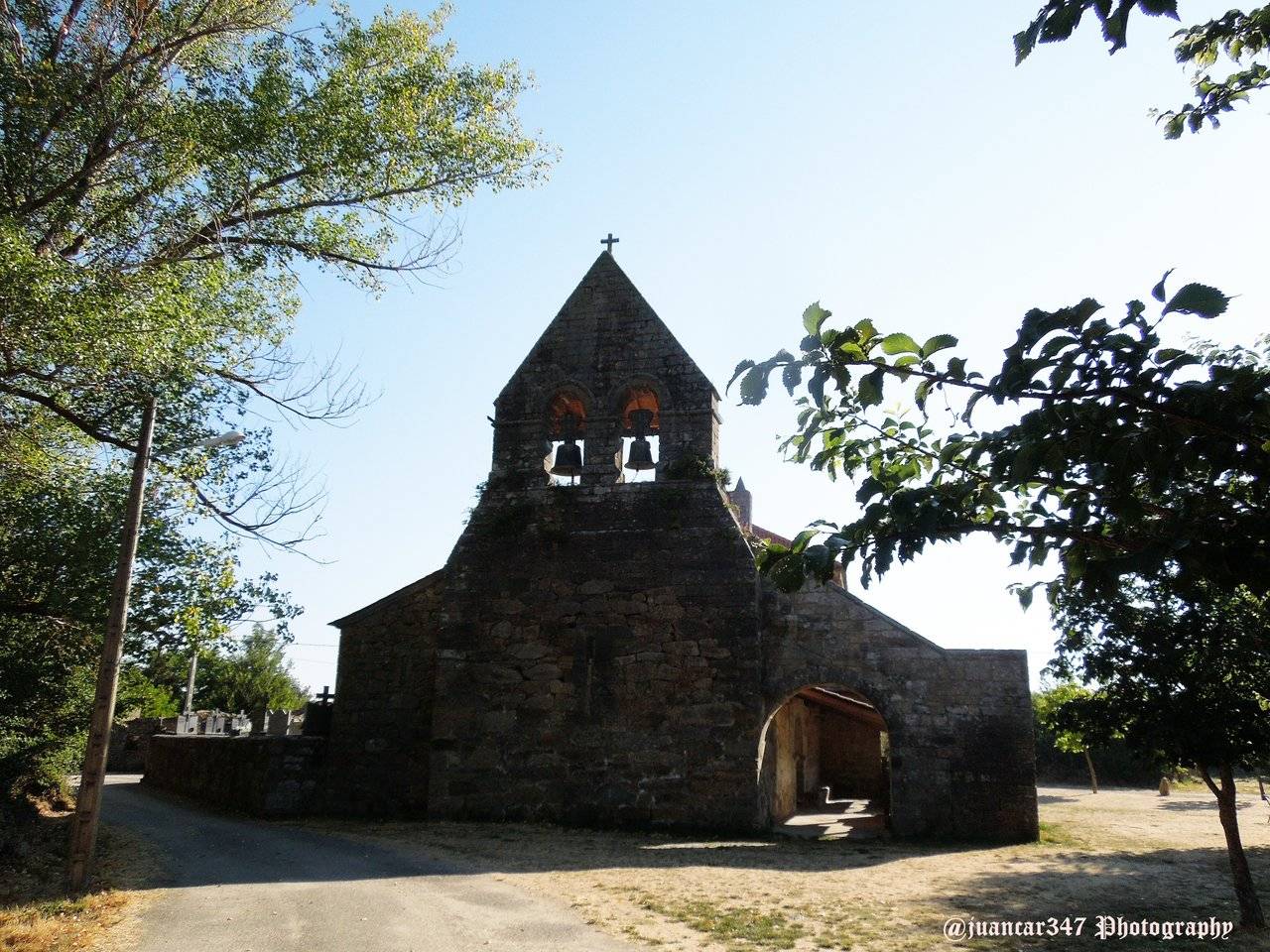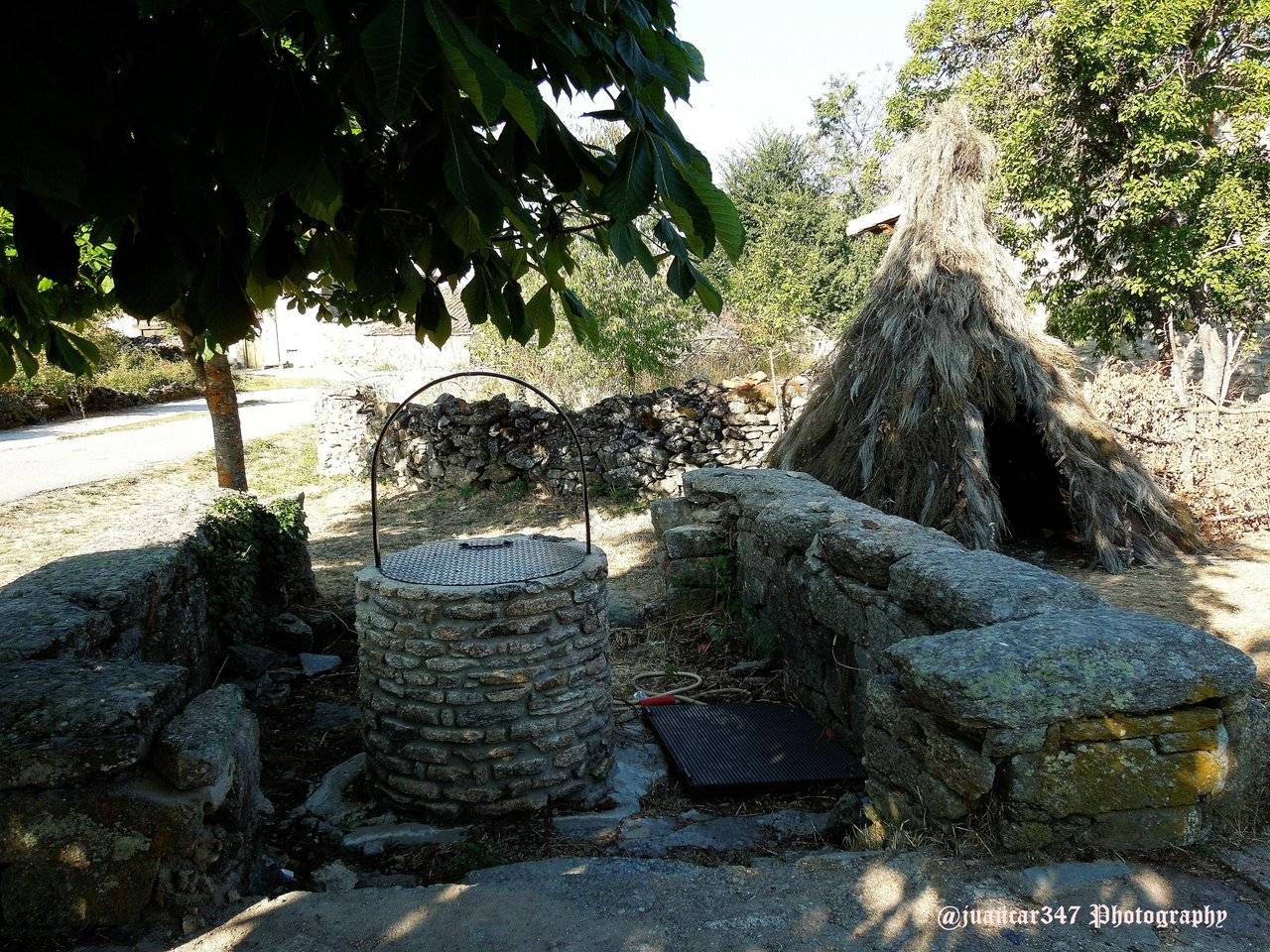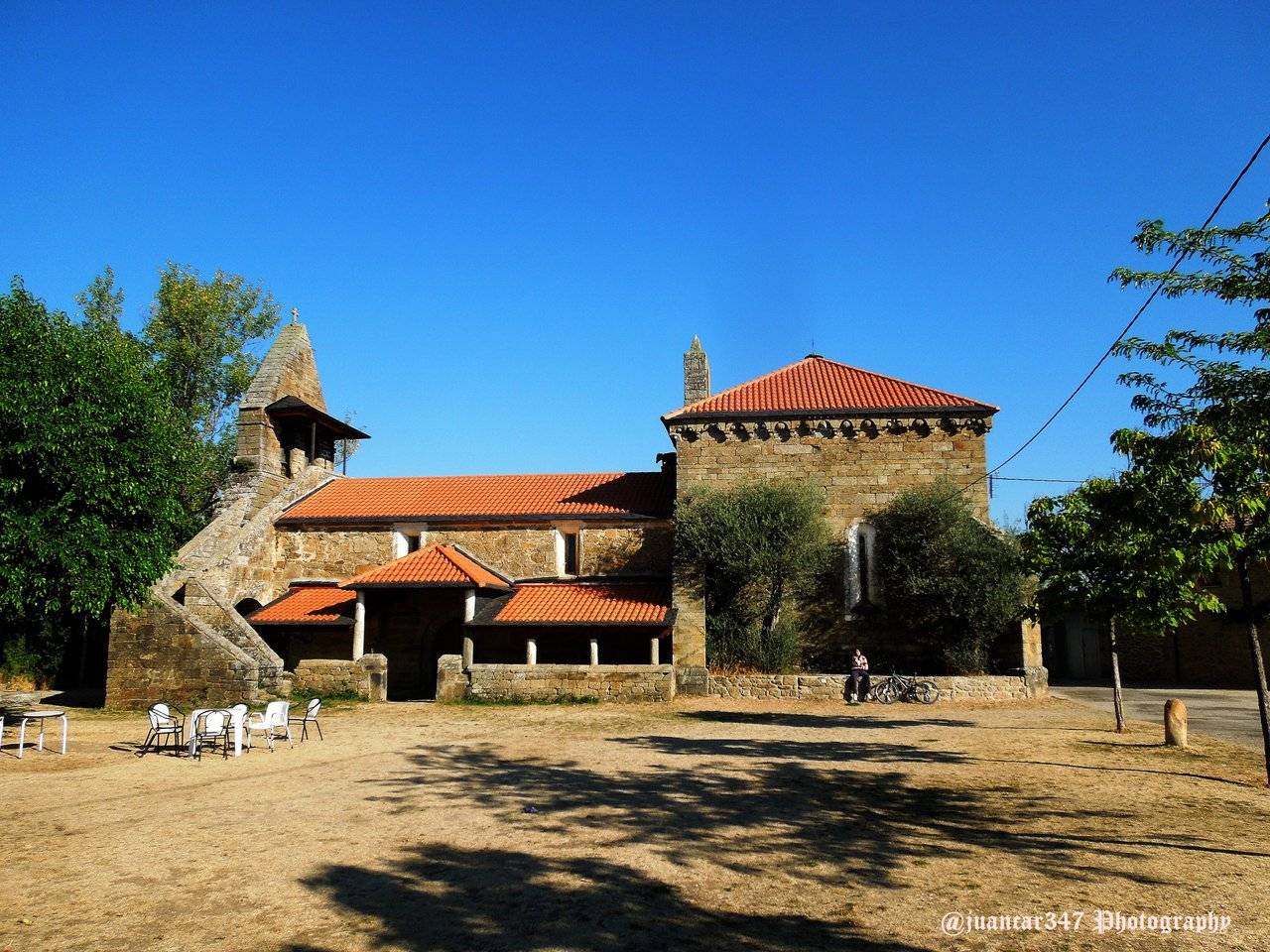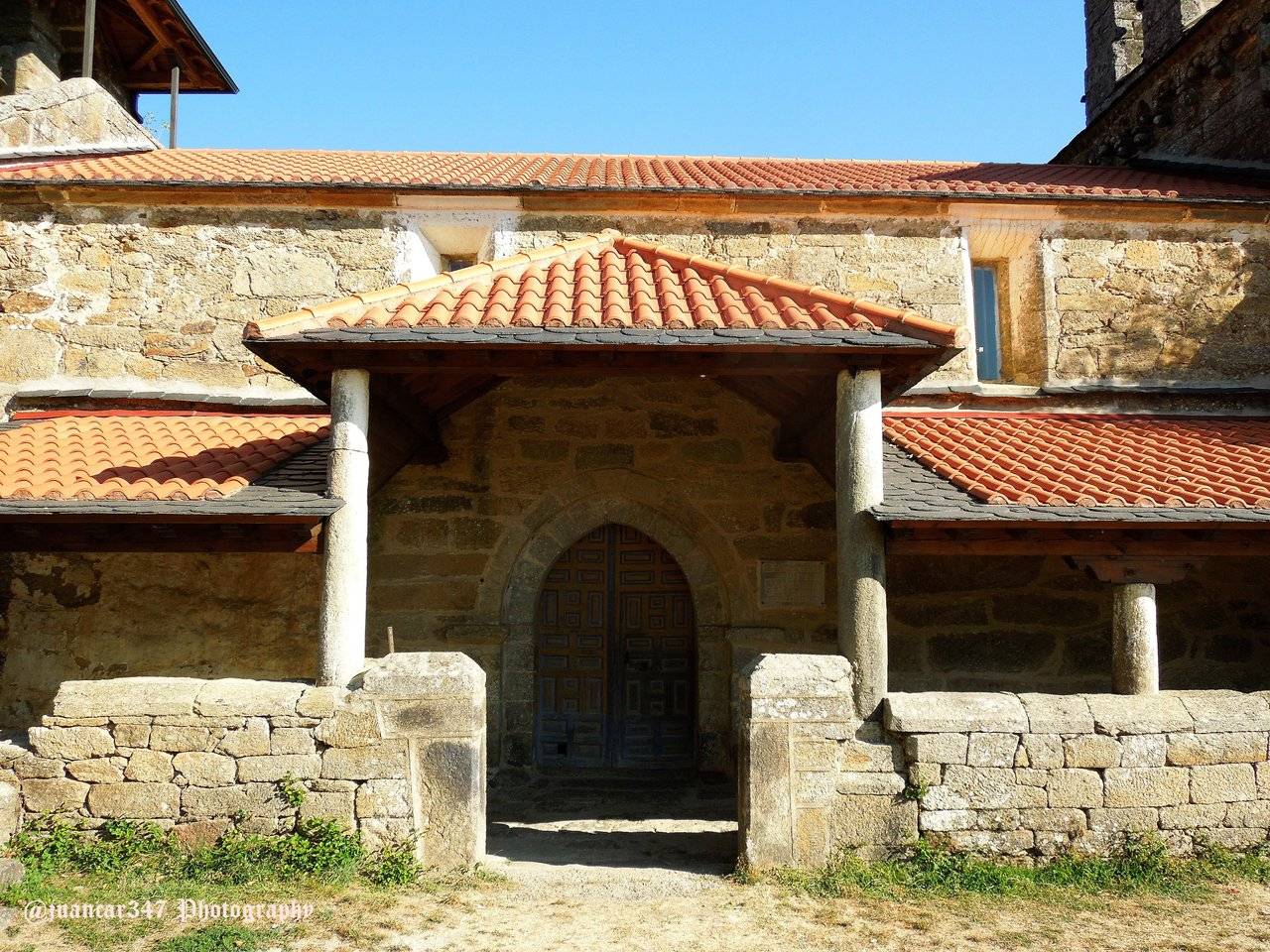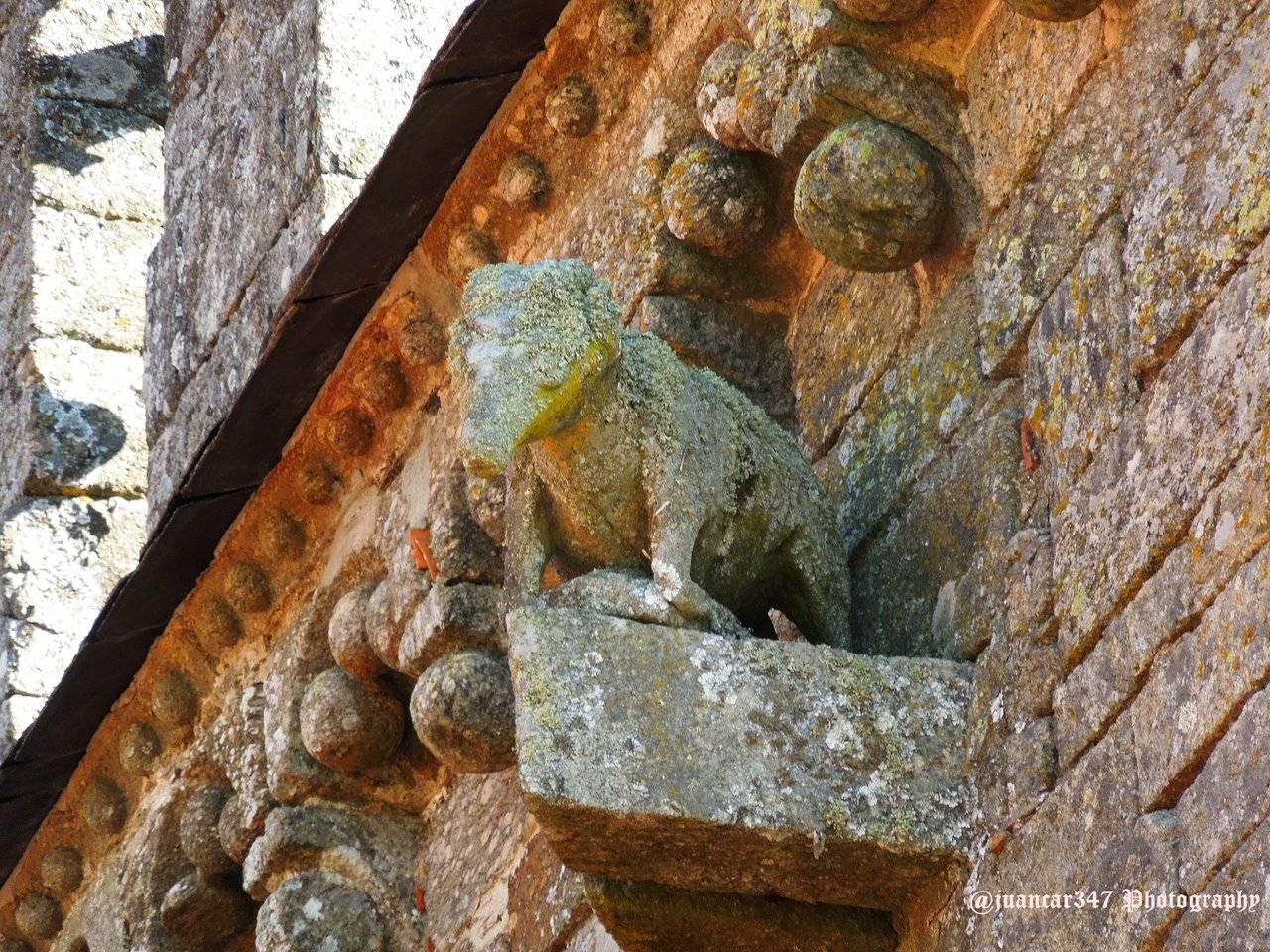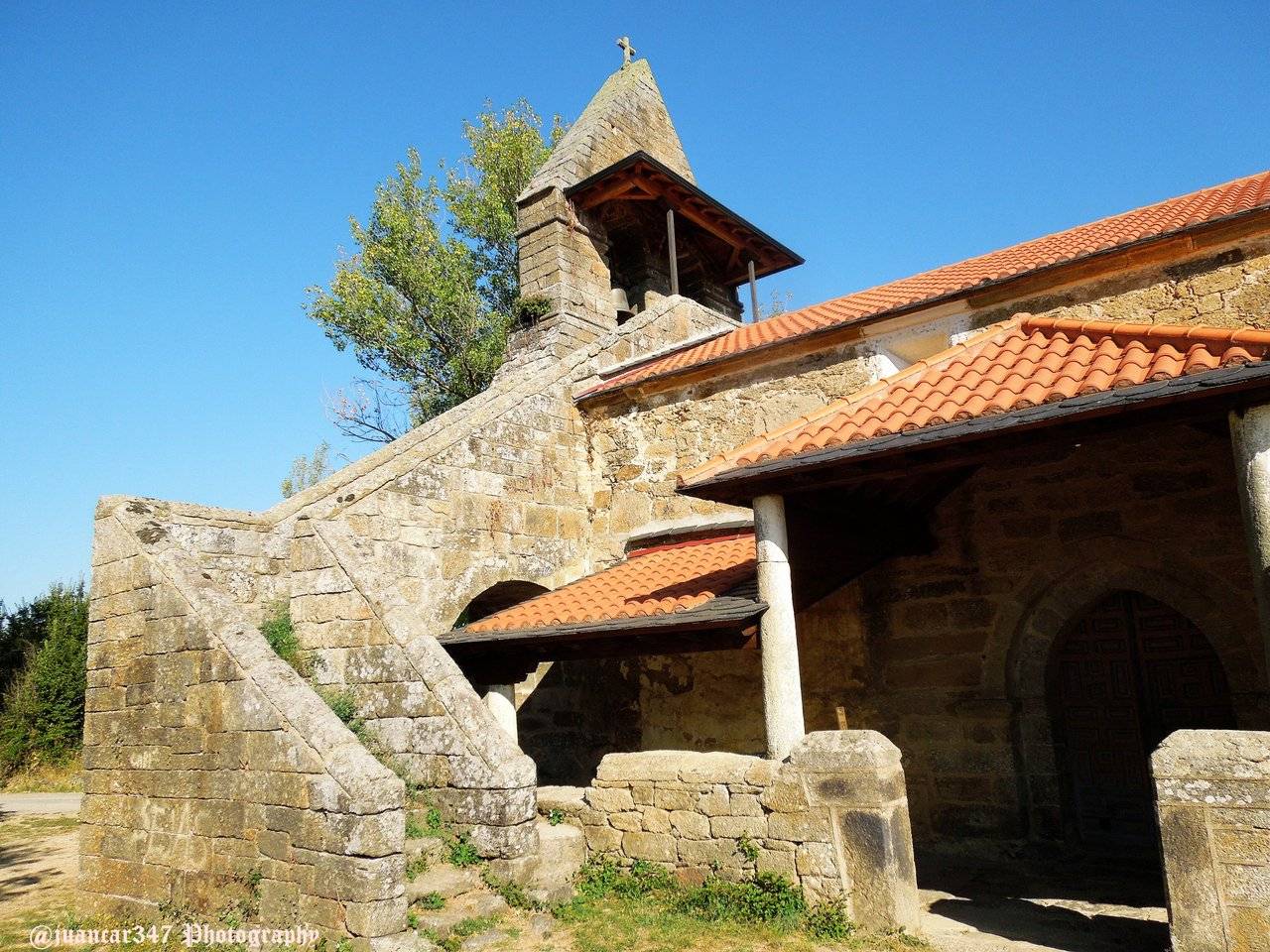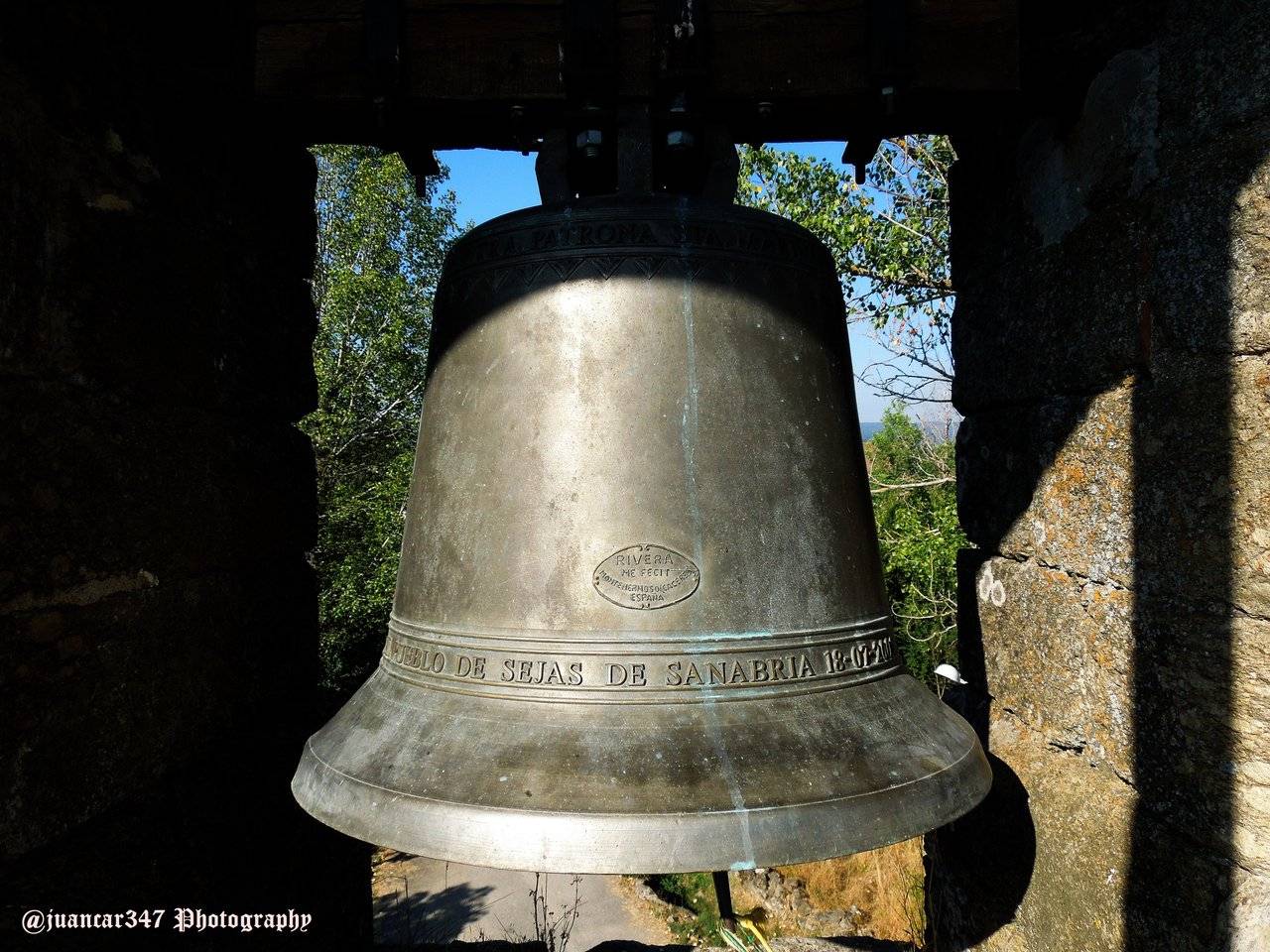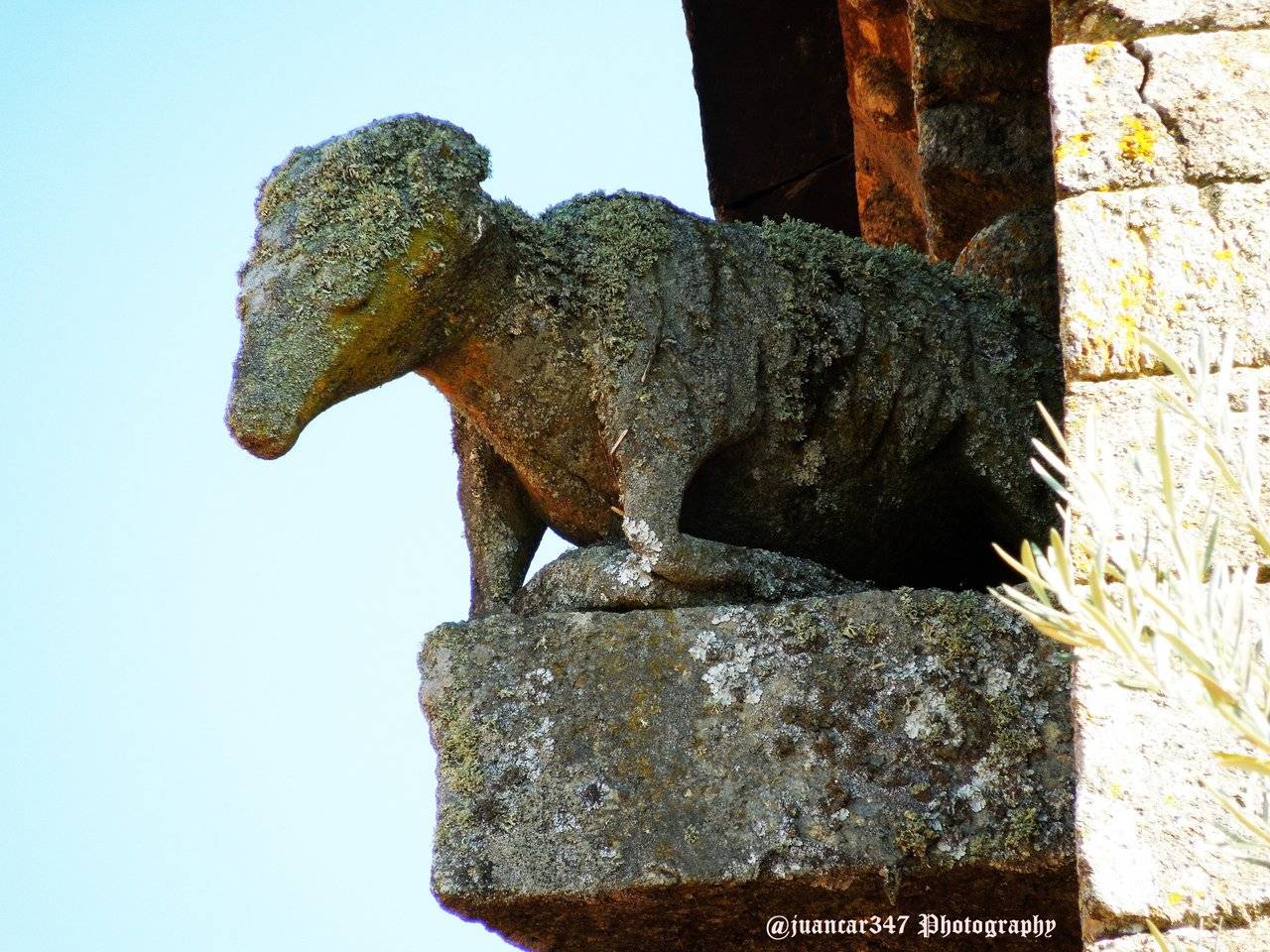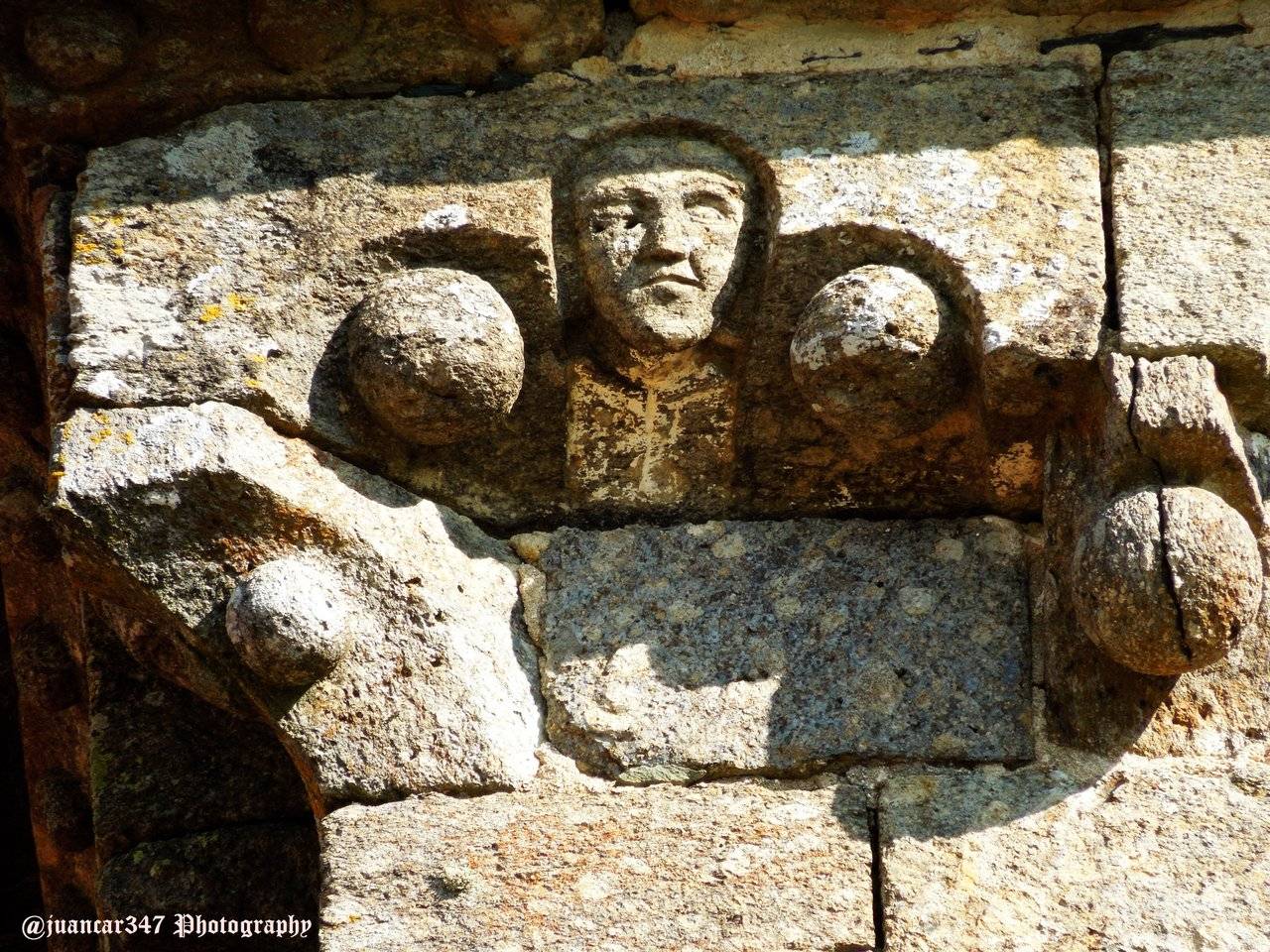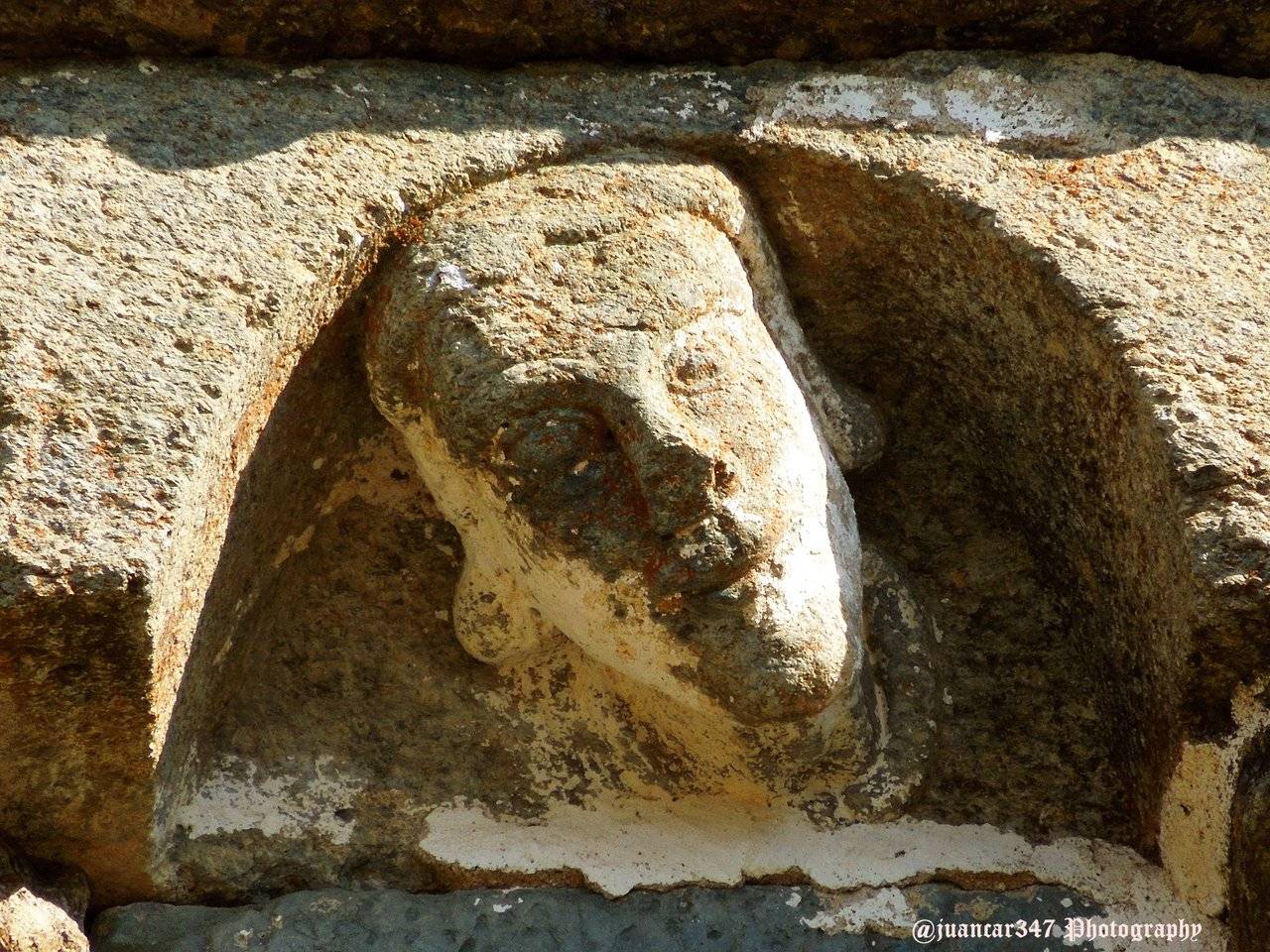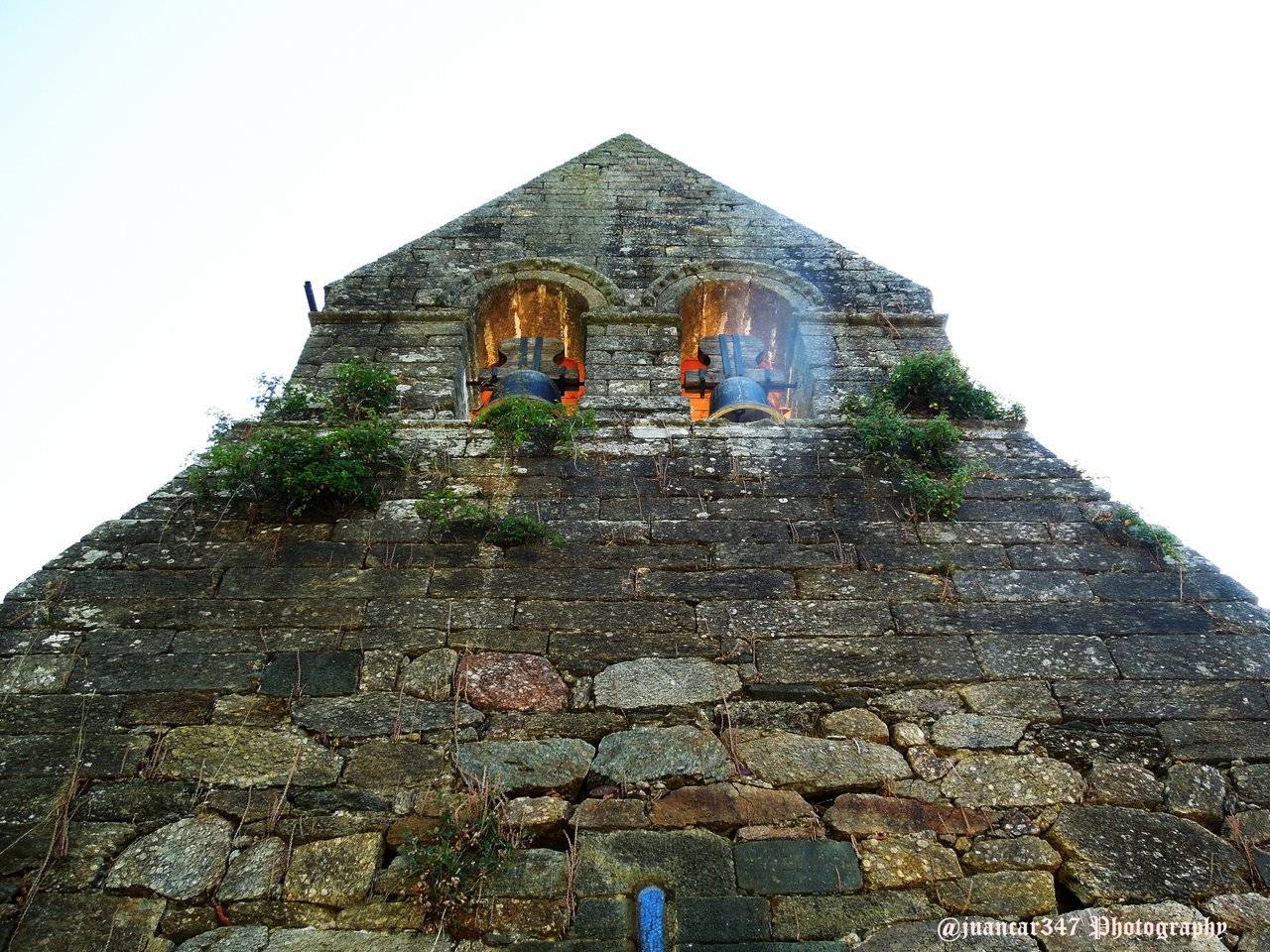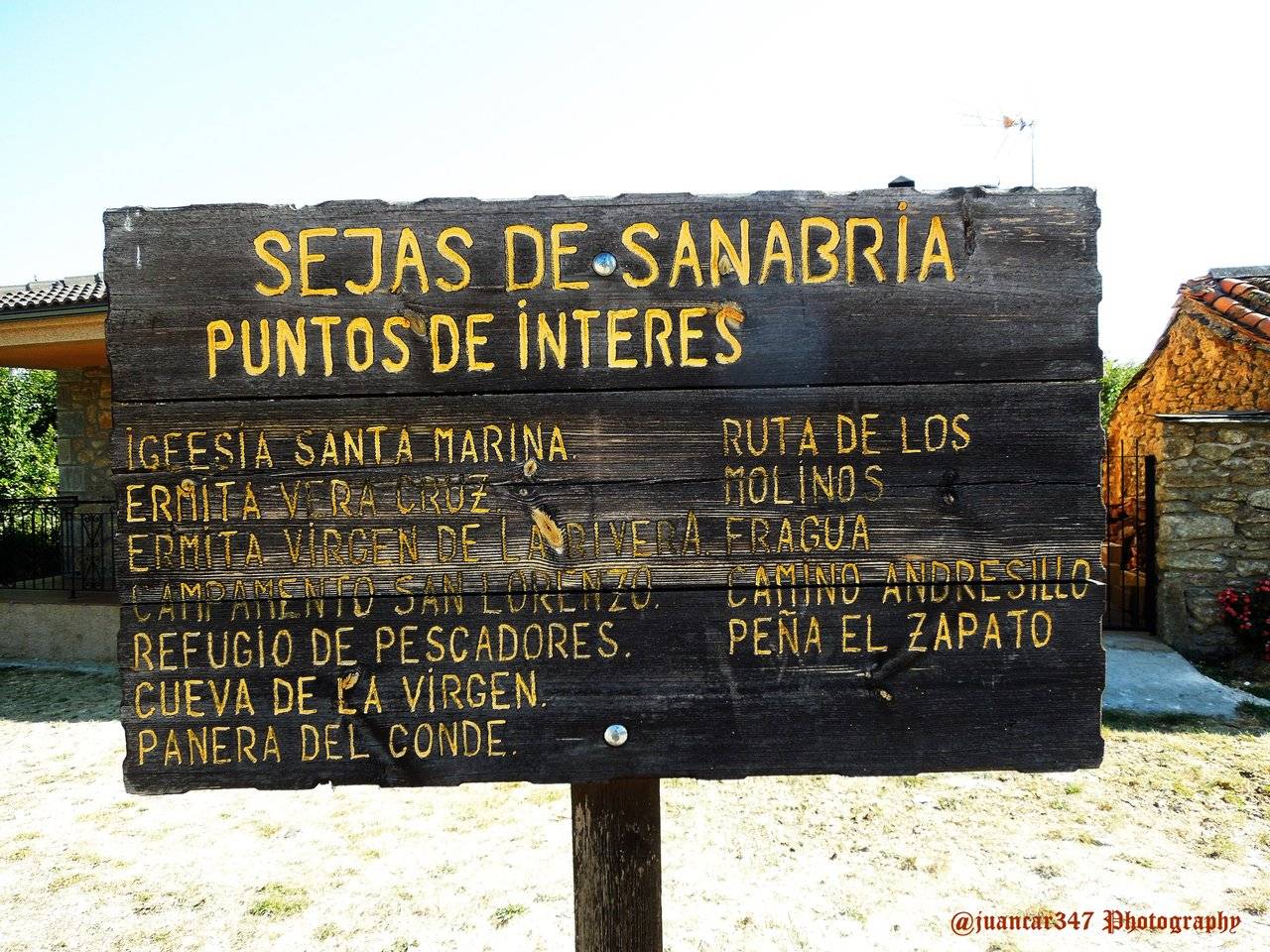Sejas de Sanabria, is another small town of Zamora that we have to situate barely six kilometers short of Mombuey, and as in the case of the tower of what was the church of Santa María, the parish and the surroundings of Sejas de Sanabria seem to be also related to the media presence, in times, of the Order of the Temple.
Such a detail is made more evident, perhaps, by the location of certain elements that, apart from those that make up the parish dedicated to the figure of Santa Marina, offer more than enough evidence - at least, subjectively speaking - to speculate from the point of view of a relative certainty.
These details induce, at least suspicion, if we take into account the presence of a hermitage dedicated to the True Cross; of another hermitage, under the invocation of the Virgin of the Rivera, as well as the existence, in the surroundings, of a Cave of the Virgin, undoubtedly related to a miraculous or supernatural fact, that would come to mark, conveniently, the magical place , reconverted, where these, independently of other reasons, perhaps of a strategic nature, used to settle
In addition, another detail that could offer us some clues about some of the foreseeable activities of the fratres in the area, is that from this population of Sejas de Sanabria, a so-called Route of the Mills, activities, like all those derived from agriculture, They were not alien to an Order whose structure and organization was aimed, mainly, at sustaining the demands and maintenance of the brothers who fought in the Holy Land.
It should be taken into account, in addition, the proximity of the place with the Auriense border, land already belonging to Galicia, where the warrior monks, it is known that they benefited from generous donations, especially of those contributed in particular by a king, Fernando II (1) that, apart from other social and political reasons, was assured, with the presence of these brave knights, not only the protection of the pilgrims who were going to Compostela following the so-called Route or Vía de la Plata, but also the surveillance of the borders with the neighbor and practically newly created kingdom of Portugal.
Possibly, this is one of the factors that determine the similarities between places in both provinces, among which we could highlight not only the repetitive presence of elements of rich symbolism, such as the Agnus Dei - which coincidentally are often found in numerous attributed temples or in which there is suspicion of having belonged to the Order at some historical moment, such as, for example, San Pedro de A Mezquita-, but also that of invocations, where they stand out, as was already in the previous entry, those dedicated to a nonexistent saint, Marina, who, however, would point out the presence of places or sanctuaries related, in this case with water, prior to the advent of Christianity, although absorbed by it, but which, Likewise, they would continue to point out the magical place.
Places, we repeat, for those that the Temple seemed to feel a special predilection and in those that used to settle.
Possibly the most relevant of them, is none other than Santa Mariña de Augas Santas, a small remote town as well -as in the case of Sejas and Mombuey-, approximately six kilometers from one of the main cities of Ourense: Allariz.
Of square head (2), but remarkable in relation to the rest of the ship, the experts agree to place this sanabrés temple of Santa Marina, at the beginning of the XIII century, being M. Gómez-Moreno (3), one of the pioneers in to emphasize, with a more than plausible certainty, the intervention here of the same stonemason, or in its defect, of the same workshop that the Mombuey tower erected, given, at least, the agreement of style.
The most relevant sculptural motifs, distributed on the cornice of the head, are formed by three-lobed arches, among which the mason distributed a series of well-defined elements, mainly balls -possessed in the form of a possible key, even and odd-, plant forms and human heads.
Regarding the heads, note that there seem to be a total of five -number in itself relevant-, located in the southern and eastern areas, of which four look to the front, to the north and one keeps the head tilted -in the same way that there are several of identical characteristics in the tower of Mombuey and even in nearby temples of the province of Orense, such as Santo Estevo de Allariz, pointing to the east.
In the western part of the apse, and very close to the conjunction with the southern part, practically in the corner between one and another, a sculpture of estimable proportions, shows a goat or a ram, kneeling on its front legs, which is usually identified as a possible figure of the Agnus Dei -at least in the most orthodox environments-, but which at the same time has an interesting legend associated with it, whose development and considerations were opportunely described by a true specialist, such as Rafael Alarcón Herrera, reading from whose entrance, the vain miscellany of the goat Suldreira is again recommended here, to anyone wishing to further expand the information.
In the main bulrush, there are two bells, which have, respectively, the following inscriptions: 'To our Patron Santa Marina', and 'Let these bells always ring with joy'. Both have, in addition, a second inscription, which defines the origin and the author of its realization: 'Rivera me fecit, Montehermoso (Cáceres), Spain'. The first was donated by the people of Sejas, and the second by the family of Andrés Vega, both on July 18 - their political resonance seems more than casual - from 2005 and 2001.
There are some simple marks of stonework and also the traditional pilgrim graffiti in the form of a Latin cross - especially in the eastern part of the apse - as well as a cross of eight beatitudes immersed in a circle and also contained in its corresponding circle, a flower of six petals, a symbol that was formerly used as a protection against witches and is still found on the lintels of numerous rural houses, both located at the main entrance to the temple. Nearby, a brief inscription is located.
Finally, there is a question, at least peculiar: if in Sejas the figure of the Virgin of the Rivera is venerated and there is also a so-called Cueva del Milagro, due to a phenomenon of Marian nature, evidently outstanding, why? that the Patron of the town is a saint of obscure origin that, according to the general opinion of many historians, never existed ?.
Notes, References and Bibliography:
(1) It seems that there is a certain unanimity among historians, when accepting that the Order of the Temple settled in Galicia at the beginning of the reign of this king, although there are authors, such as Carlos Martínez Pereira ('The Templars'. essays'), who believe that his settlement was earlier, during the reign of his father, the Emperor Alfonso VII. The same king, by the way, who in connivance with his sister Doña Urraca and in a document dated July 1, 1158, donated the territory between the plateau and the summit of the Asturian Monte Sacro (or Monsacro), to some mysterious fratres, which seems to have raised two hermitages on the summit, under the invocation of María Magdalena one, and of the Virgen del Monsacro, the other, today dedicated to the figure of Santiago. The latter, however, has the peculiarity that its plant is hexagonal.
(2) It is curious the extraordinary similarity between this temple and the parish of Sieteiglesias, a municipality located in the Sierra Norte de Madrid. And even, hurrying, with the even closer and remodeled temple of Santo Tomás de las Ollas, located in Ponferrada, province of León.
(3) M. Gómez-Moreno, author, among other works of 'Monumental Catalog of Spain. Province of Zamora ', Madrid, 1927 and' The first Spanish monastery of Cistercians: Moreruela ', Madrid, 1906. Information obtained from the book by Cayetano Enríquez de Salamanca,' Routes of Romanesque in the province of Zamora ', Simancas Ediciones, 1998, page 86.
NOTICE: Originally published in my blog LA ESPAÑA DE LOS TEMPLARIOS. Both the text and the accompanying photographs are my exclusive intellectual property. The original entry, where you can check the authorship of juancar347, can be found at the following address: https://juancarlosmenendez.blogspot.com/2013/10/sejas-de-sanabria-iglesia-de-santa.html
Te invito a conocer el mundo del que estoy enamorado.
Image © juancar347. All Rights Reserved.
Original content by @juancar347
Discord
juancar347#4046
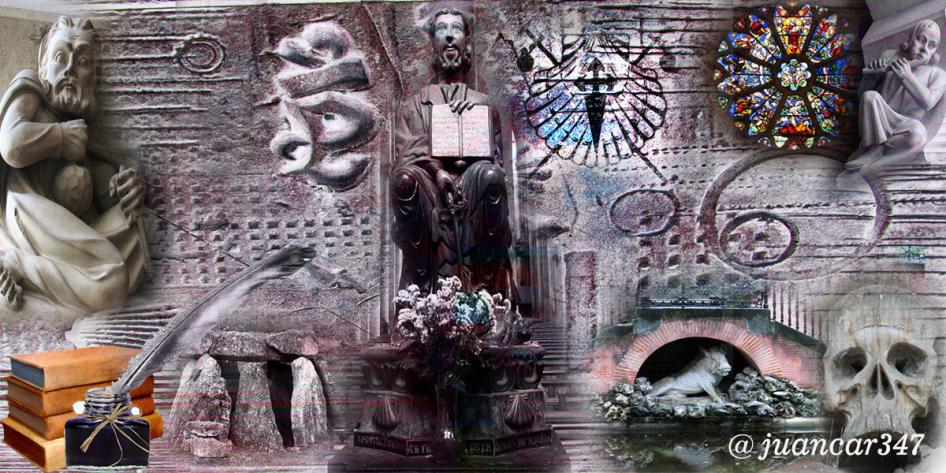
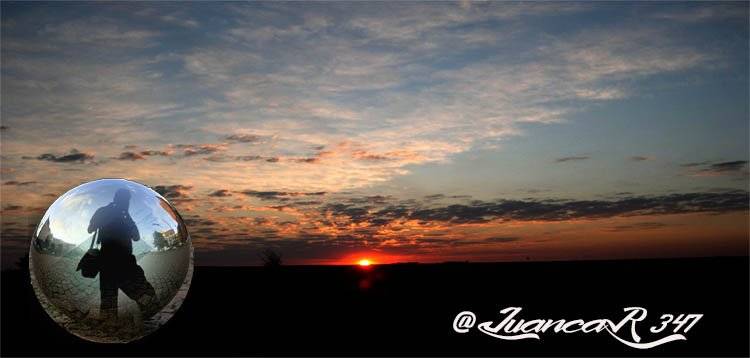
[Martial, latin poet]
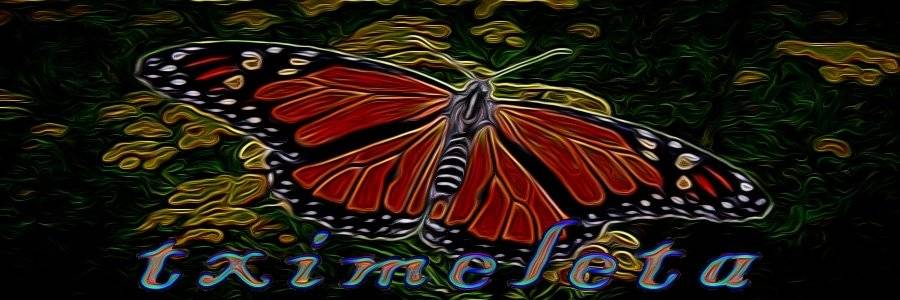
Toca la imagen y participa.
Diviértete y disfruta.
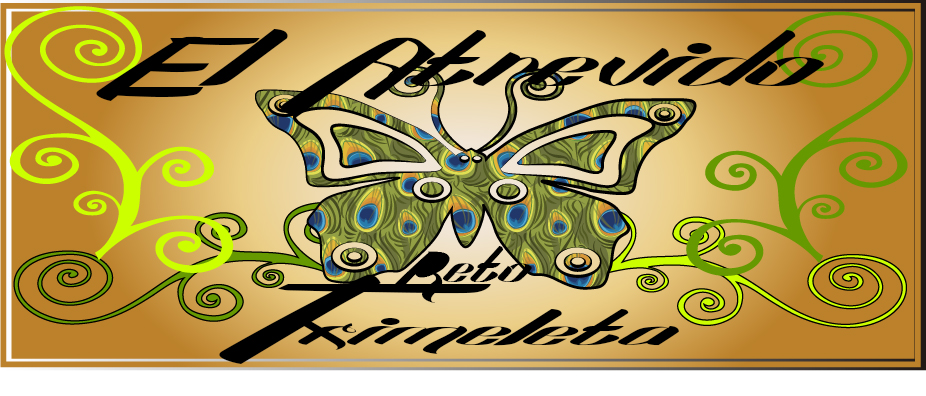


Travel Resources for your trip to Spain
Recommended by TravelFeed
Flights: We recommend checking Kiwi.com to find the best and cheapest flights to Spain.
Accomodation: Explore the best places to stay in Spain on Booking.com, Agoda and Hostelworld.
Travel Insurance: Medical emergencies abroad can be pricey, but travel health insurance is not. We always use SafetyWing for affordable and reliable coverage.
Car Rental: For hassle-free car hiring, DiscoverCars is our trusted choice with a wide selection of vehicles.
Internet: Got an eSIM compatible phone? Airalo is perfect for reliable internet access during your trip. Just install it before you go, and you're set!
Day Trips & Tours: We recommend GetYourGuide for a variety of well-organized and enjoyable activities.
Travel Planner: Need a hand planning? Our free travel planner chatbot is your personal guide to Spain. Chat now.
Disclosure: Posts on TravelFeed may contain affiliate links. See affiliate disclosure.
